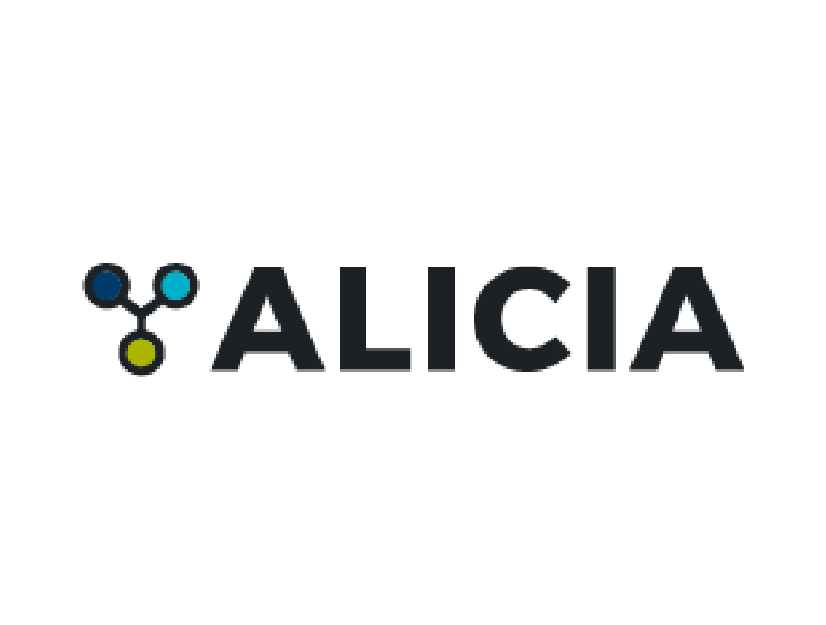Efecto de 4 dosis de fertilización (NPK) y 4 densidades de siembra en el maíz Mega Hibrido, bajo condiciones de cambio climático - campaña 2018 – distrito Monsefú, Región Lambayeque
Fecha
2019-11-15Autor
Farro Herrera, Juan Nelson Arnaldo
Fustamante Perez, Anderson Svin
Metadatos
Mostrar el registro completo del ítemResumen
El presente trabajo se realizó en el Fundo “El Choloque, situado en Chiclayo,
Lambayeque, a 1.0 Km. del cruce de la panamericana sur-Lima y la ruta al distrito de
Monsefú, a 5°10' de latitud Sur y a 78.45' de longitud Oeste y 18 m.s.n.m, durante los meses
de junio a diciembre del 2018. Se estudiaron dos factores: cuatro densidades de siembra y
cuatro dosis de fertilización, dando 16 tratamientos, se usó el diseño de parcelas divididas, se
analizaron los datos biométricos de la planta y su rendimiento, usándose el muestro aleatorio
simple. El mejor rendimiento se encontró con la más baja densidad de siembra de 63492
plantas/ha, con un rendimiento de 10358.38 kg/ha, estadísticamente superando al resto de
densidades. En cambio, la alta densidad de siembra constituido por 95230 plantas por
hectárea quedó rezagada al último lugar con solo 6322.16 kg/ha. Para las dosis de
fertilización se encontró que con la dosis baja F4 93.0 kg de nitrógeno por hectárea, se
produjo el mayor rendimiento, con 8370.23 kg/ha, teniendo rendimientos comparables, con
las dosis: F2: alta 276 kg N, 120 Kg P y 60 Kg K y F1: muy alta 368 kg N, 120 Kg P y 60 Kg
K, con 7916.46 kg y 7844.34 kg/ha respectivamente, no existiendo entre ellas diferencias
significativas. El rendimiento más bajo fue para F3: moderada 230 kg N, 90 Kg P y 30 Kg K,
con solo 7404.21 kg/ha. La mejor combinación fue 63492-Baja -92N-0P-0K con un
rendimiento de 11486.28 kg/ha. La dosis de fertilización y densidad de siembra no se vieron
magnificadas por las lluvias del fenómeno el niño, ya que no se presentó en la magnitud
esperada. El mayor beneficio económico, se obtiene con el tratamiento: 63492 Baja 92 N-0 P-
0 K con un beneficio de S/.4801.0 y una rentabilidad de 2.10. The present work was carried out at Fundo “El Choloque, located in Chiclayo, Lambayeque,
1.0 km from the intersection of the Pan-American Highway South-Lima and the route to the
district of Monsefu, at 5°10‘ South latitude and 78.45’ West longitude and 18 m.a.s.l., during
the months of June to December 2018. Two factors were studied: four planting densities and
four doses of fertilization, giving 16 treatments, using a split plot design, the biometric data
of the plant and its yield were analyzed, using simple random sampling. The best yield was
found with the lowest planting density of 63492 plants/ha, with a yield of 10358.38 kg/ha,
statistically superior to the rest of the densities. On the other hand, the high planting density
of 95230 plants per hectare lagged behind in last place with only 6322.16 kg/ha. For the
fertilization doses, it was found that with the low dose F4 93.0 kg of nitrogen per hectare, the
highest yield was produced, with 8370.23 kg/ha, having comparable yields, with the doses:
F2: high 276 kg N, 120 kg P and 60 kg K and F1: very high 368 kg N, 120 kg P and 60 kg K,
with 7916.46 kg and 7844.34 kg/ha respectively, with no significant differences between
them. The lowest yield was for F3: moderate 230 kg N, 90 kg P and 30 kg K, with only
7404.21 kg/ha. The best combination was 63492-Baja -92N-0P-0K with a yield of 11486.28
kg/ha. The fertilization rate and planting density were not magnified by the rains of the El
Niño phenomenon, since it did not occur in the expected magnitude. The greatest economic
benefit is obtained with the treatment: 63492 Baja 92 N-0 P-0 K with a benefit of S/.4801.0
and a profitability of 2.10.
Colecciones
- Agronomía [263]







